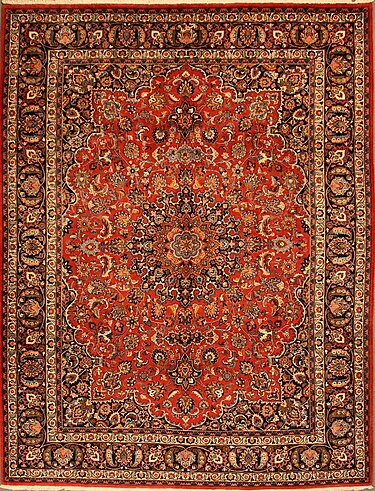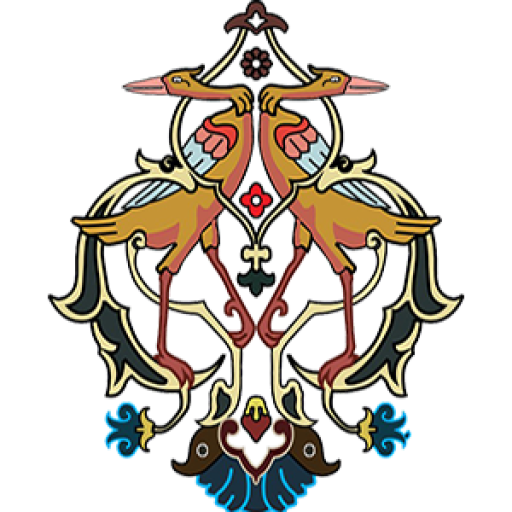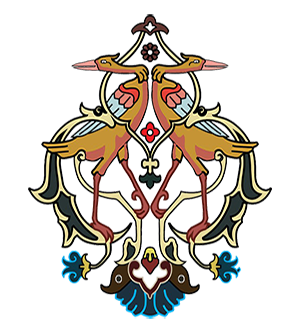History of the Carpet Industry in Tehran
The handwoven carpet industry in Tehran is indirectly linked to various periods of Iranian history. Although the carpets of Tehran are not as famous as those from other regions like Tabriz and Isfahan, this industry has evolved from the Qajar era to the present day. During the Qajar period, Tehran’s carpets were primarily found in royal palaces and among nobility. These carpets were often decorated with intricate patterns and vibrant colors, mainly for decorative purposes.
Due to Tehran’s geographical location and its position along trade routes, it became a central hub for the trade of handwoven carpets. Over time, with the expansion of markets and increasing demand for Persian carpets, the carpet industry in Tehran experienced significant growth.







